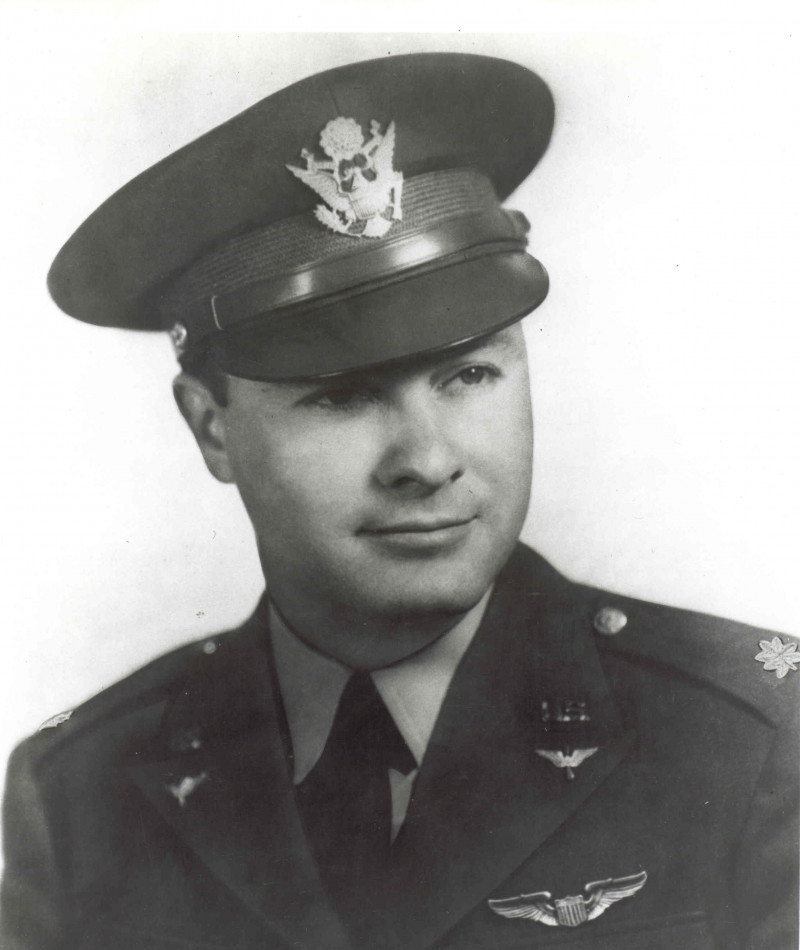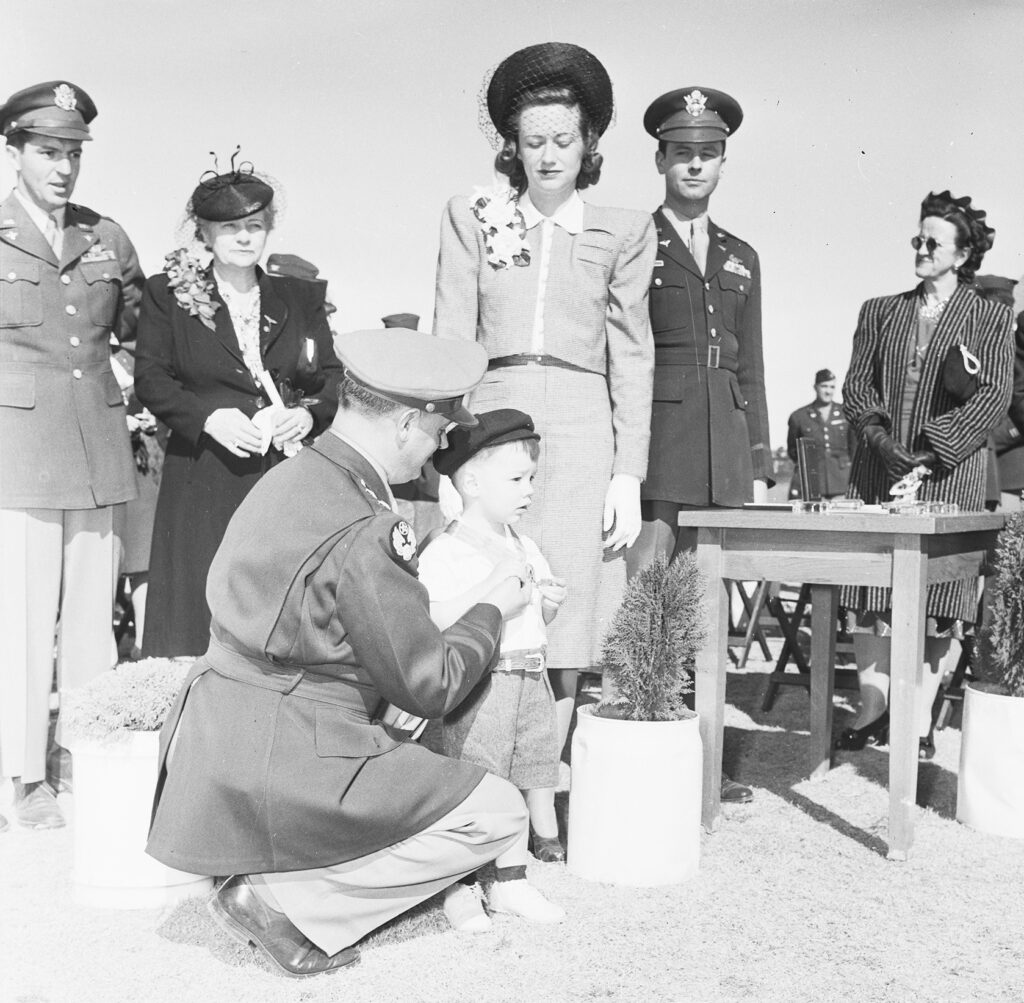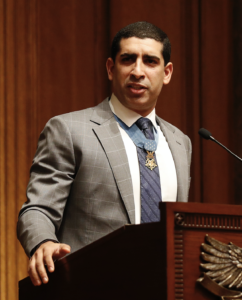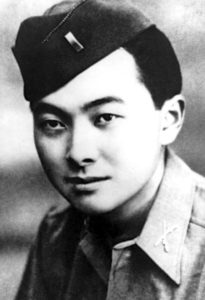Born: July 16, 1916
Hometown: Fort Worth, TX
Died: October 26, 1944
Buried: Oakwood Cemetery, Fort Worth, TX

Born on July 16, 1916, Horace S. Carswell Jr. was a native of Fort Worth, Texas. From an early age, Carswell was an avid sports fan. He attended North Side High School, where he played football, basketball, and baseball. Carswell later played on the football at Texas Christian University (TCU), where he earned a bachelor’s degree in physical education. It was at TCU that Carswell met Virginia Ede. The two married in October of 1941 and had one son, Robert Ede Carswell.
After graduating from TCU in 1939, Carswell briefly worked for an insurance company. However, as World War II broke out, Carswell decided to enlist in the U.S. Army Air Corps in March of 1940. Carswell quickly rose through the ranks and by April 23, 1944, he had been promoted to the rank of major, and by October he was assigned to the 374th Bombardment Squadron, 308th Bombardment Group (Heavy), Fourteenth Air Force. Stationed in China, squadrons of the 308th supported Chinese forces in the China Burma India Theater. Carswell served as a pilot and operations officer in the 374th Bombardment Squadron, flying B-24 Liberators.
Citation:
He piloted a B-24 bomber in a one-plane strike against a Japanese convoy in the South China Sea on the night of 26 October 1944. Taking the enemy force of 12 ships escorted by at least two destroyers by surprise, he made one bombing run at 600 feet, scoring a near miss on one warship and escaping without drawing fire. He circled and, fully realizing that the convoy was thoroughly alerted and would meet his next attack with a barrage of antiaircraft fire, began a second low-level run which culminated in two direct hits on a large tanker. A hail of steel from Japanese guns riddled the bomber, knocking out two engines, damaging a third, crippling the hydraulic system, puncturing one gasoline tank, ripping uncounted holes in the aircraft, and wounding the copilot; but by a magnificent display of flying skill, Maj. Carswell controlled the plane’s plunge toward the sea and carefully forced it into a halting climb in the direction of the China shore. On reaching land, where it would have been possible to abandon the staggering bomber, one of the crew discovered that his parachute had been ripped by flak and rendered useless; the pilot, hoping to cross mountainous terrain and reach a base, continued onward until the third engine failed. He ordered the crew to bail out while he struggled to maintain altitude, and, refusing to save himself, chose to remain with his comrade and attempt a crash landing. He died when the plane struck a mountainside and burned. With consummate gallantry and intrepidity, Maj. Carswell gave his life in a supreme effort to save all members of his crew. His sacrifice, far beyond that required of him, was in keeping with the traditional bravery of America’s war heroes.
Horace S. Carswell Jr. was posthumously awarded the Medal of Honor for his actions on October 26, 1944. During the ceremony, Maj. Gen. Albert Hegenberger placed the Medal of Honor around the neck of Carswell’s two-year-old son, Robert.




